In the songs written about the Vietnamese harvest, the two late musicians Van Cao and Pham Duy both had very good songs. Van Cao had the song "Day Mua" which was famous for a long time.
Van Cao's Harvest Day is a song praising the beauty, vitality, and resilience of Vietnamese farmers: "Harvest day is joyful in the countryside/ Rice sings happily/ Rice does not worry about the enemy's return/ When the golden season comes to the countryside...". Pham Duy gives a bustling, joyful feeling, with the quick-paced joy of farmers when the harvest is good through each lyric and rhythm of the song Carrying Rice: "Carrying rice, carrying rice, carrying rice home/ Carrying rice home, carrying rice home/Carrying rice home! Carrying rice home! Carrying rice home!".
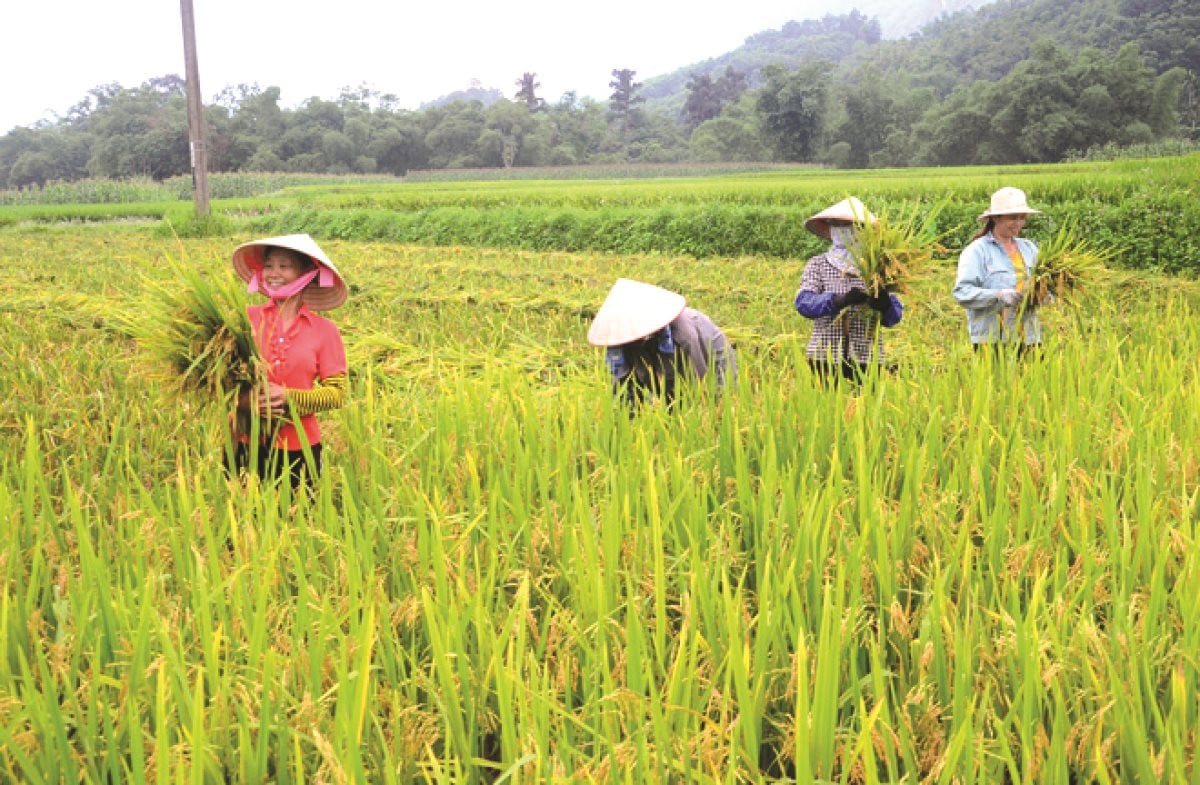
In the old days, every time the harvest season came, the whole village was busy, worrying about the harvest, threshing yard, drying rice, and then the bins, purses... to store the rice. In general, everything for the harvest had to be ready. The village divided the harvest work, after one family, it was the next. From adults to children, everyone was busy. Men took care of the heavy work such as gathering rice, bundling rice, threshing rice, threshing rice... Women took care of harvesting rice, carrying rice, drying rice... Children tended buffaloes and cows, bringing rice to the fields... The rice at that time was planted and sown by farmers, from sowing to ripening lasted 6 months, each year only one crop was made. A good harvest was a long time of excitement and waiting. Days of work, months of eating! A good harvest meant a season of joy, a bountiful harvest of laughter for the farmers. Harvest season has come, under the golden ripe rice fields, women and girls pick the sickles quickly, each grain-laden rice is spread out on the field. The voices and laughter of the women and girls drive away all the fatigue. The men are busy gathering and bundling the rice. The children are looking for fish and crabs in the thick puddles under the stubble. In the afternoon, groups of people carry rice on their shoulders, the full, round, golden rice grains swaying to the rhythm of their steps. After being carried home, the rice is piled up, when night falls and the moon rises, the rice is spread out in the yard for the buffalo to trample. On the large brick yard, people lead the buffalo, some winnow the straw, some shake the straw, some collect the rice... Occasionally someone sings a folk song to tease each other, the joy of a good harvest seems to multiply. Just like that, the buffalo and people work hard until the moon rises high in the sky. After threshing the rice, the women wait for the wind to blow the rice to clean the straw and broken grains. When the wind is weak, they use large bamboo fans to fan the rice instead of wind. The clean rice is then brought to the drying yard, dried in the sun, and put into bins and granaries for storage. The women put the new rice into a mill or pound it until the husk peels off, revealing the pure white rice grains. The new rice is put into a copper pot to cook. When the rice is cooked, the pot of new rice gives off a fragrant aroma. The first bowls of rice of the harvest are offered to the gods, the land, and ancestors for their blessings, then comes the family reunion meal. Perhaps this is the best meal of the year. Straw is also a precious product to farmers. Straw is used for cooking, used as food for cattle, used to cover vegetables from being washed away or crushed by rain... Farmers dry straw and build tall trees, which can be pulled out and used whenever needed. In the fields, when the harvest is over, the fields are dry, the farmers start to collect rubbish and burn the fields. The last of the season, white smoke curls up in the wind, carrying with it the acrid, pungent smell of straw. The smell that even grasshoppers, locusts and small birds, every time they hear it, they fly over and circle around as if trying to catch a whiff, to pick up each wisp of smoke. And me too, that smell has followed me all my life.
Now science has advanced, new rice varieties are short-lived, so we can sow several crops a year. Harvesting is no longer as hard as in the past. The scene of carrying rice home for buffaloes to trample, or men standing in the sun beating each bundle of rice, is rare. Farmers now have more free time. Women do not have to work in shallow or deep fields all day and night. Instead of harvesting by hand, there are now harvesters. In small, narrow fields, people use grass cutters turned into harvesters to harvest, the productivity is dozens of times higher than harvesting by hand, and threshing machines are used. In large fields, people rent a whole set of machines that can harvest, thresh, winnow, and bag, and farmers only need to hire a truck to bring it home to dry. People come to the field to buy straw. The price of straw is also sky-high, the money from selling straw is more than enough to pay for renting machines. In general, farmers today are much happier than in the past.
Wandering through memories of the old harvest season, suddenly I miss the fragrant smell of new rice "nang huong" and "tieu chi" displayed on the earthen mat!
Source










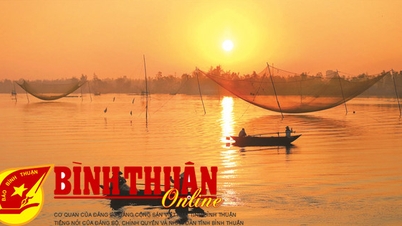

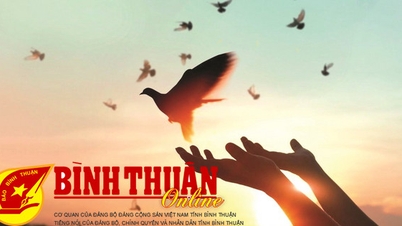
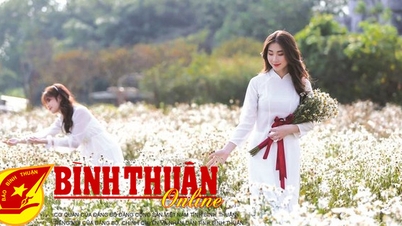












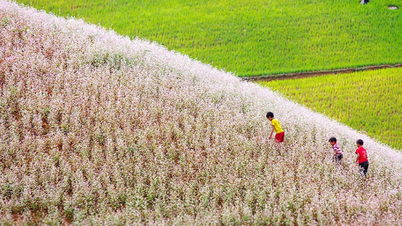




















































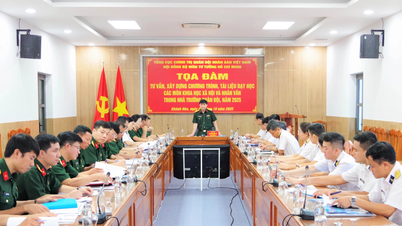


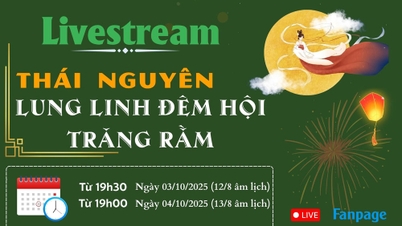
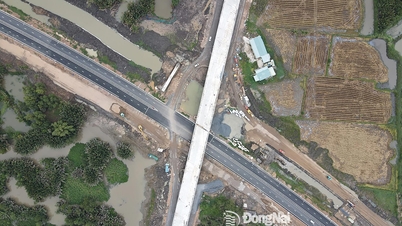



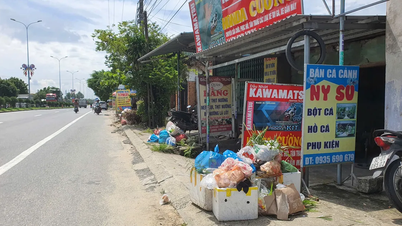














Comment (0)